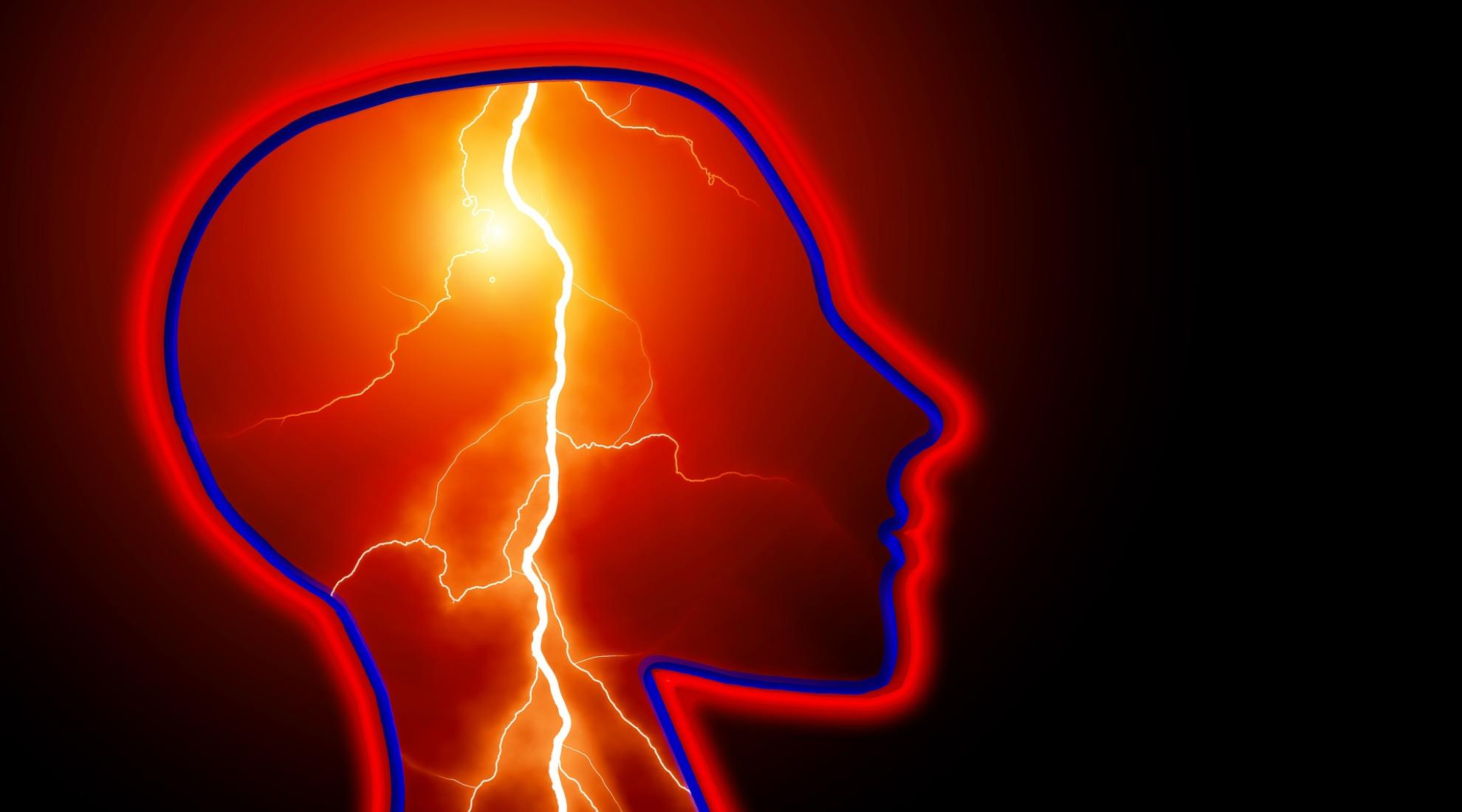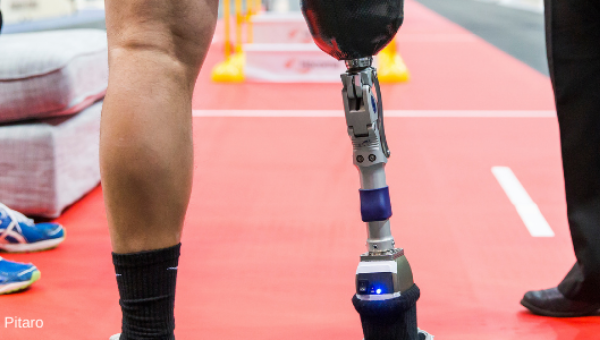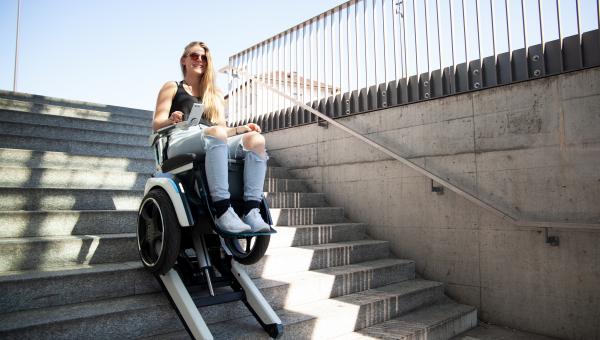Reconfiguring the brain’s software after a stroke

A unique earpiece is designed to help people relearn movements more quickly after a stroke, eliminating the need for surgery.
Stroke has reached epidemic proportions. According to the World Stroke Organization, globally one in four adults over the age of 25 will experience a stroke in their lifetime. Stroke occurs when the blood supply to the brain is cut off. Without blood, brain cells can be damaged or die. Stroke survivors can experience wide-ranging disabilities including difficulties with mobility and speech, as well as how they think and feel.
Regaining movement with stimulation
The stimulation of the vagus nerve, the longest cranial nerve in our brain, plays an important role in the rehabilitation of damaged brain regions. Initial clinical studies have shown that stimulating the vagus nerve has allowed stroke patients to regain their movement faster and more effectively.
Until now, this has required expensive surgery under general anaesthesia, in which a stimulation device is implanted under the skin. This operation can usually only be performed a year after the stroke. As a result, patients lose valuable time.
A simple earpiece replaces surgery
ETH scientists at the Rehabilitation Engineering Laboratory have now launched a novel earpiece that sends electrical impulses to the ear, triggering a neural signal that travels up the vagus nerve to the brain. According to the researchers, this stimulation has the same effect as previously implanted devices.
Motion sensors sends real time impulse to brain
The electrical impulses are particularly effective if administered while patients are attempting those motions that they have found difficult to perform since their stroke. For this reason, the researchers also developed a motion sensor that resembles a smartwatch. Stroke patients wear the sensor where their motor skills are impaired, for example on their arm.
With the help of a special software, the sensor analyses the arm's movements in real time and tells the earpiece when the patient has moved it particularly well, which in turn emits the stimulation for the vagus nerve. The brain memorises the correct movement sequence more quickly and effectively.
It’s like we’re reconfiguring the brain’s software: stimulating the nerve promotes neuroplasticity, aids the formation of new synapses and supports the relearning of physical action.
The promising solution, currently known as Project SKAALTEC, is expected to become a separate ETH spin-off this year and to carry out clinical trials as soon as possible. Once the new device is in the hands of actual stroke patients, it also has another advantage over current practice: brain stimulation can be used from the comfort of one's home and without a therapist, allowing the brain to be exercised more.




